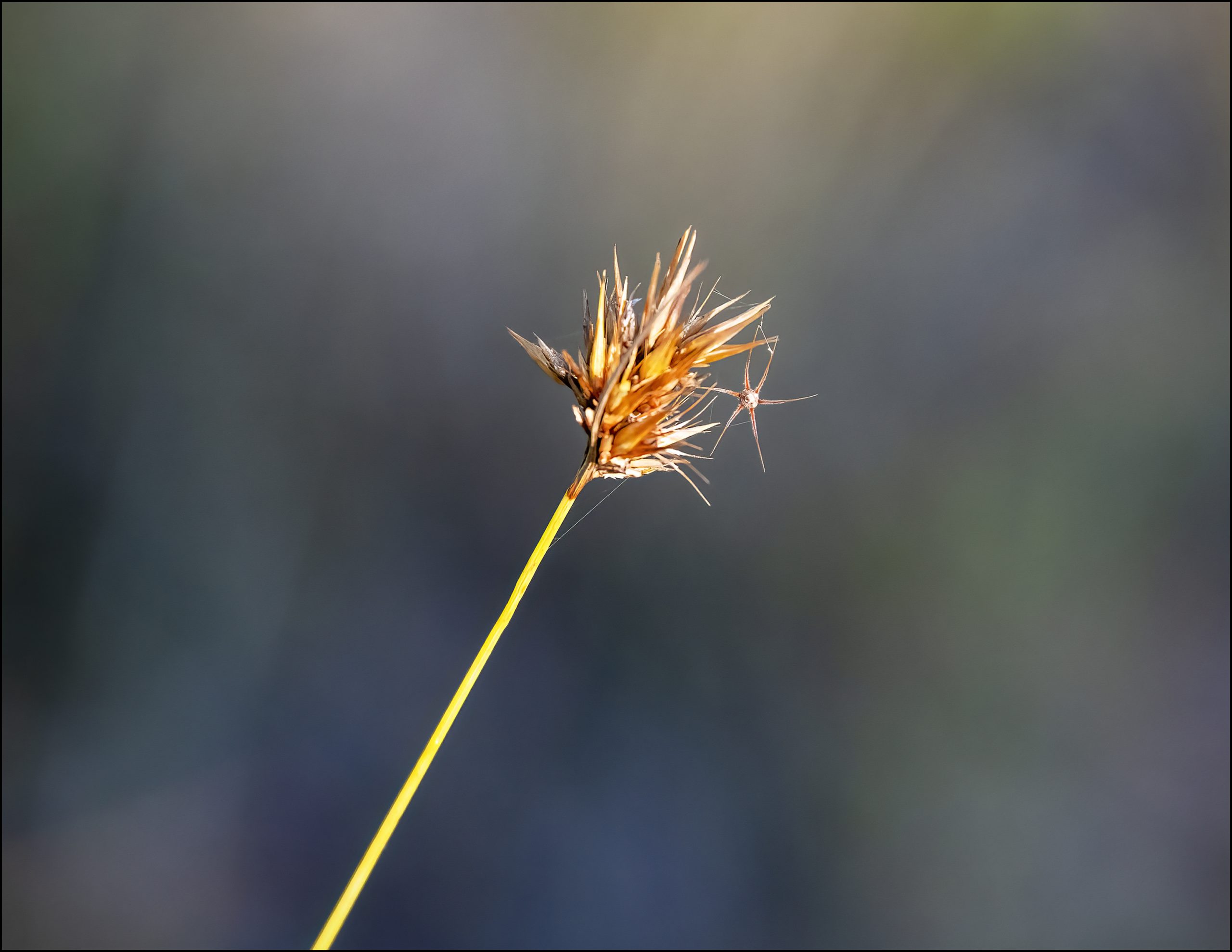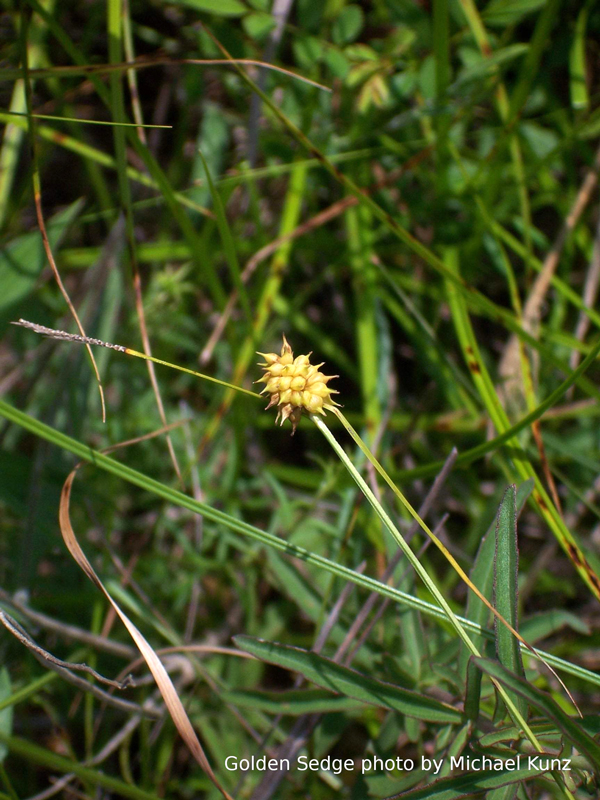Safeguarding the Rare Plants of the Sunshine State
As home to over 3,000 native plant species, dozens of rich natural community types, and several centers of endemism within the state, Florida has immense importance as a biodiversity hotspot within the North American continent. Simultaneously, our state faces myriad challenges to preserving this botanical richness, including land development, habitat fragmentation, fire suppression of disturbance-dependent natural habitats, invasive species, and both direct and indirect impacts from climate change. With these threats to Florida’s rare plant species in mind, the Center for Plant Conservation recently began Florida Plant Rescue (FLPR), a state-wide initiative with the goal of preserving all of the state’s rare plant species in conservation collections. The focus of these collections is long-term ex situ seed banking, with alternative methods for exceptional species employed as needed. FLPR relies on the CPC network partners based in Florida to make, store, and maintain these collections. Membership currently includes: Atlanta Botanical Garden, Bok Tower Gardens, Fairchild Tropical Botanic Garden, Florida Native Plant Society, Marie Selby Botanical Gardens, Naples Botanical Garden, Institute for Regional Conservation, and Montgomery Botanical Center.
Our first collection season began in 2021, during which FLPR partners were able to target and collect from eight plant species of state and global conservation concern, ranging from the western panhandle all the way to very southern peninsular Florida. Thanks to generous gifts from anonymous donors as well as funding from the Band Foundation, FLPR’s collection capacity increased in 2022 and twelve additional species were collected and secured by partners.

Just to name a few of the recent collection accomplishments, Paronychia minima (paper nailwort), Tragia saxicola (Florida keys noseburn), Orbexilum virgatum (pineland scurfpea), and Rhynchospora megaplumosa (longbristle beaksedge) were all species previously uncollected and unrepresented in any conservation seed bank collection. Now, in addition to securing seeds from one population of each species, partners have learned invaluable, specific life history details and collection strategies for these plants. In addition to these traditional seed collections, Atlanta Botanical Garden has undertaken an exceptional species project to conserve Taxus floridana (Florida yew), an extremely rare, narrow endemic to slope forests east of the Apalachicola River that produces recalcitrant seed. By creating cuttings for ex situ propagation and establishing vitro cultures for cryopreservation, this species will be safeguarded for the long-term.
Considering the current 2023 collection season, our ambitions and capability have increased once again! This year, we hope to collect seed from populations of twenty species scattered throughout the state. For most of these species, this will represent their first-ever conservation collection made. Notable target plants include: Arnoglossum album (White Indian plantain) and Dicerandra modesta (blushing scrub balm), both species with less than 5 populations each in the state, and Carex lutea (golden sedge) and Portulaca minuta (Tiny purslane), both only recently discovered occurring in Florida. FLPR partners will also be starting work on two additional exceptional species projects, one each for Hymenocallis puntagordensis (Small-cup spiderlily) and Asimina manasota (Manasota pawpaw).
Deciding which plant species of the hundreds that are state-listed and that are tracked by the state’s natural heritage program to target for seed collections can be a challenge. With limited staff time and funds available for FLPR work each year, effective prioritization is key. Recent species conservation status ranking and taxonomic updates have led to the creation of an updated list of species that are of the highest priority for FLPR collections efforts. The 187 species on this list include 85 G1S1 species, 61 Federally listed species, and 122 species endemic to the state.
Looking toward the future, a major goal for the initiative is to provide to the FLPR partners a seed accession database that links collections to rare plant occurrence information from Florida Natural Areas Inventory (FNAI). This resource will not only help partners to spatially visualize where collections have been made, but will also function as a critical tool for the prioritization of future seed collections. Not by any means a one-way street, field data collected by FLPR partners and entered into the database will also help to update FNAI’s occurrence information. Thus, a beautiful positive feedback loop of data is born! Partners have already shared all their seed accession data with CPC and accessions have been linked to occurrences, so the accession database should be ready and available to partners later this year.

While we are proud of all that we have been able to accomplish under the umbrella of the FLPR project, we only look forward to achieving much more in the coming years. We hope to turn our tens of collections into hundreds and preserve the unique and diverse flora of the state for the long haul!


